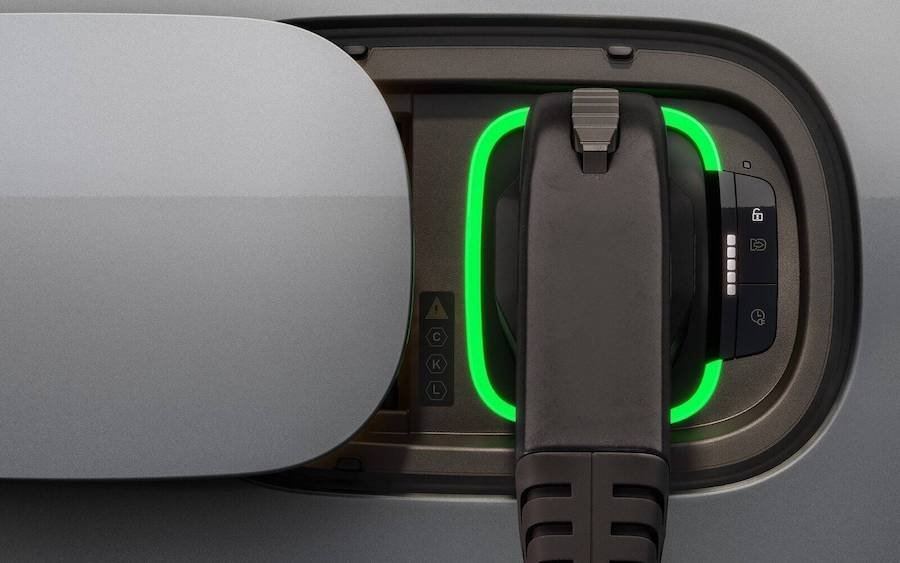Ethiopia's hasty ban on gasoline vehicles has had a strange effect on EV market

Widespread EV adoption attempts are commonplace in today's automotive news.
California plans to mandate that only zero-emission vehicles can be sold in the state by 2035. Jaguar is going fully electric by next year and EV manufacturers are coming and going on a daily basis.
Ethiopia tried to be the leading African country in EV adoption
Ethiopia took things one step further by banning the import of non-electric private vehicles in January along with an 8% increase in fuel costs. The decision was partly to embrace the growing transition to greener propulsion alternatives and ease the pressure of spending foreign currency to subsidize fuel costs.
Over 100,000 electric cars are now being imported per month with the target being 500,000 cars by 2030. A new dam built along the Nile River is expected to be completed by then and to provide 5000 megawatts of power for the EV transition.
Not enough parts or mechanics to fix the new EVs
The move might have been too much, too fast. An ABC News story cites problems tied to electricity issues along with a lack of spare parts and trained mechanics to fix the newly imported EVs. The few mechanics who do have the know-how to address the cars' issues are reportedly overwhelmed with demand and customers claiming they're being overcharged.
Many of the parts required for repairs must be imported from China, leading to many EVs laying idle in garages. These problems are only exacerbated for communities outside of the capital city of Addis Ababa.
Some of the Chinese-made EVs are downright unreliable
Reliability is another concern. The market is being flooded with cheap, Chinese-made electric vehicles, many of which have mechanical problems that either cost more than the entire car or that can just outright not be fixed. This has led to many Ethiopians turning to the second-hand market, buying cars that are decades older but more reliable and easier to repair.
The Ethiopian government's solution might come too late
The government plans to address current issues by investing in public charging stations as well as a local plant to manufacture EV batteries themselves. Those kinds of initiatives could take years though, and many Ethiopians are already starting to lose faith in the green transition.
Final thoughts
Whether the general public is willing to wait for the government to fix the infrastructure remains to be seen. It seems like the issue stemmed from a rushed adoption of technology that neither the government nor the public was ready for. If the charging system were in place and EV imports were preceded by subsidies, Ethiopia could have had a much better chance of mimicking other countries that have had (relatively) more successful journey with EVs.
Related News


